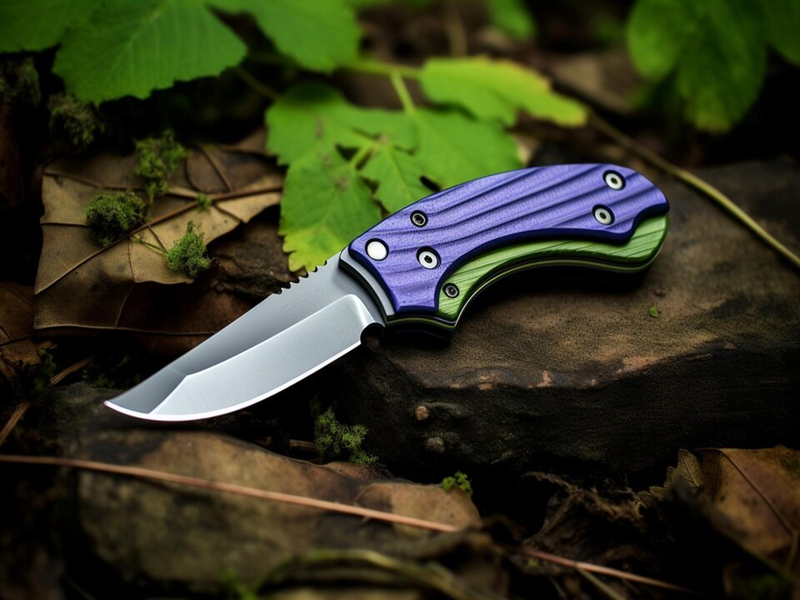Introduction to Karambit Knives
Karambit knives have grown in popularity over recent years due to their unique design and versatility. Originating from Southeast Asia, these curved blades are both a tool and a weapon, valued for their precision and effectiveness. But are karambits legal in canada? Are they legal, and how can they be used responsibly?
The History and Origin of Karambits
Karambits trace their origins back to Indonesia, where they were initially used for agricultural purposes. Their curved blade mimicked a tiger’s claw, making them efficient for cutting and harvesting. Over time, the karambit evolved into a defensive weapon, particularly in the martial arts of Silat and Filipino Arnis.
Features and Design of Karambit Knives
A typical karambit has a curved blade, an ergonomic handle, and a safety ring at the base, allowing for a secure grip. This design ensures precision in close combat situations, making the karambit a preferred choice for self-defense and tactical use.
Popular Uses of Karambit Knives
Karambits are not just for self-defense. They are also used for utility purposes like cutting ropes, opening packages, and even in survival situations. Their design makes them effective for detailed work where precision is required.
Karambits in Canadian Culture
While not traditionally part of Canadian culture, karambits have found their way into various activities, such as martial arts training and survival skills workshops. They are appreciated by enthusiasts for their distinctive look and functionality.
Are Karambits Legal in Canada?
One of the primary concerns for knife enthusiasts in Canada is the legality of karambits. The Canadian Criminal Code outlines strict regulations regarding knives, especially those considered prohibited weapons. Karambits, however, do not fall into the category of banned knives like switchblades or butterfly knives. As long as a karambit is not spring-loaded or automatic, it is generally legal to own and carry.
Understanding Canadian Knife Laws
Canadian law prohibits carrying knives for self-defense purposes. A karambit, like any other knife, should be carried with a legitimate purpose. The intent to use it as a weapon can lead to legal issues. It’s essential to understand that the legality of carrying a karambit can depend on the context and circumstances.
Guidelines for Owning a Karambit in Canada
- Purpose: Make sure you own a karambit for a legitimate purpose, such as for work, a hobby, or collecting.
- Training: If you use a karambit for martial arts, ensure you are trained and aware of the legal responsibilities.
- Storage: Keep your karambit securely stored at home when not in use. Displaying it in public can cause alarm and attract unwanted attention.
Transporting Karambits: What You Need to Know
When transporting a karambit, it should be securely stored, preferably in a sheath or case. Avoid carrying it on your person unless necessary for work or training. If stopped by law enforcement, be prepared to explain its purpose and provide evidence of its use, such as enrollment in a martial arts class.
Purchasing Karambits in Canada: Legal Considerations
When buying a karambit in Canada, purchase from reputable dealers who comply with Canadian laws. Online purchases should be made from trusted sources to avoid complications with customs and local regulations.
Safety Tips for Handling Karambits
- Practice with Care: If you’re new to using a karambit, practice with a training knife to avoid injury.
- Use the Safety Ring: The ring is there for a reason—use it to maintain a secure grip.
- Keep It Sharp: A dull blade can be more dangerous than a sharp one. Regularly maintain your knife to keep it in top condition.
Training with Karambit Knives: Best Practices
Karambit knives are popular in martial arts training. If you’re interested in learning how to use a karambit, consider enrolling in a reputable class that teaches responsible use. Understanding the techniques and legal implications can make training both enjoyable and safe.
Self-Defense: Is Using a Karambit Legal?
Using any knife, including a karambit, for self-defense is a grey area in Canadian law. While owning a knife is legal, using it in self-defense could lead to legal scrutiny. It’s important to be aware of local laws and understand that non-lethal alternatives for self-defense are generally recommended.
Maintaining and Caring for Your Karambit
Proper maintenance is crucial to extend the life of your karambit. Regularly clean and oil the blade to prevent rust and corrosion. Store the knife in a dry place, and consider using a protective sheath to keep the blade sharp and safe.
Conclusion
Karambit knives offer a blend of history, culture, and utility that makes them appealing to many Canadians. While they are legal to own and carry for legitimate purposes, understanding Canadian laws and regulations is essential for responsible ownership. Whether you use a karambit for martial arts, as a utility tool, or as part of a collection, handling it with respect and knowledge will ensure you stay on the right side of the law.
FAQs
- Are karambits legal for self-defense in Canada?
No, carrying any knife specifically for self-defense is illegal in Canada. It’s essential to have a legitimate reason for carrying a karambit. - Can I carry a karambit knife in public?
Carrying a karambit in public is generally discouraged unless you have a valid reason, such as work or training. - Where can I buy a karambit knife in Canada?
Karambits can be purchased from reputable knife stores, both physical and online. Ensure that the dealer complies with Canadian laws. - What should I do if I’m stopped by the police with a karambit?
Be polite, and explain the legitimate reason you have the knife. Having proof of your use, such as a martial arts class, can help. - How can I keep my karambit knife in good condition?
Regularly clean, oil, and sharpen the blade. Store it in a dry place and use a protective sheath.
